THIS NEW SPECIAL FORCES VIDEO MIXES HISTORY AND HEROISM IN THE BEST WAYS
- By Alex Hollings
Share This Article

The U.S. Army’s 7th Special Forces Group just released a new video combining archive footage discussing the threat posed by Soviet troops during the Cold War with shots of modern Green Berets training for combat operations. The brief video is a motivating must-see.
The Silent Professional (U.S. Army video by Sgt. Sean Hall) pic.twitter.com/Uhtb5q3xgW
— 7th Special Forces Group (Airborne) (@7thForces) September 22, 2020
In order to better understand why the juxtaposition of Cold War discussion and modern warfare tactics plays appropriately here, we’ll have to discuss how the combative relationship between the U.S. and Russia has matured in recent decades.
The Cold War defined America’s military doctrine and large swaths of its foreign policy for the better part of the 20th Century, but even decades after the fall of the Soviet Union, Russia remains an ever-present instigator in the minds of American policy makers. While the nation may lack the piles of money its Soviet predecessor poured into defense, Vladimir Putin has managed to keep the threat posed by the Russian military an ever present part of the modern geopolitical climate.
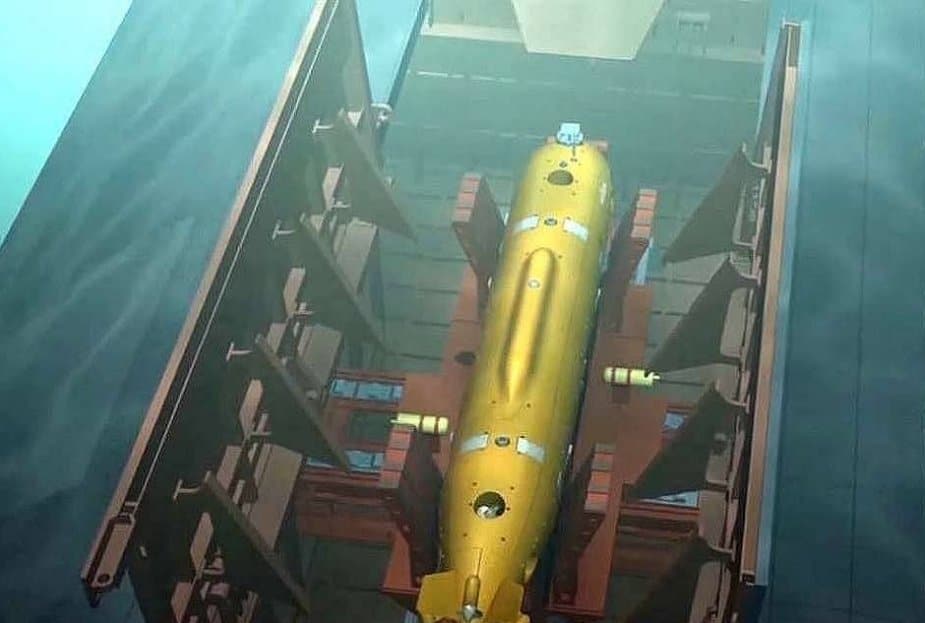
Russia’s ability to combine hybrid warfare with more conventional tactics, while leveraging mercenary forces and clandestine personnel to pursue its foreign policy goals in this era of Grey Zone competition, has successfully secured Russia’s seat at the geopolitical big kid’s table in the modern world. While they lack the funding and technology required to actually stand toe to toe with larger opponents like the United States, their headline-grabbing (and often somewhat fictional) weapons programs also still project an air of military might.
From Russia’s fifth-generation fighter, the Su-57 Felon, which has suffered from ongoing production delays, to their Uran-9 infantry robot that proved useless in combat despite garnering press attention the world over, what Russia lacks in real military capability, they more than make up for with bravado.
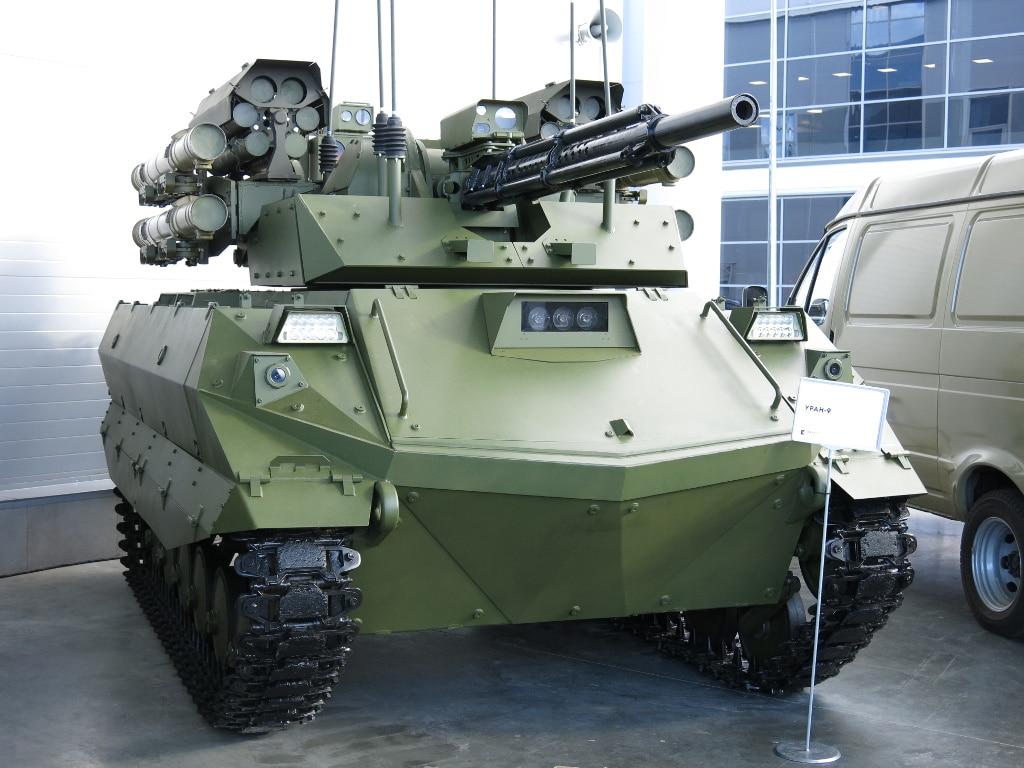
Of course, that isn’t to say that Russia’s military is anything to scoff at. Russia’s active duty force boasts better than 900,000 troops, the fourth most on the planet. While their efforts to field a competitive stealth fighter have thus far proved disappointing, the aviation prowess demonstrated by the development of highly capable fourth-generation fighters like the Su-35 also set Russia apart from less competitive national militaries.
Russian troops have participated in both anti-terrorism campaigns and combat operations in support of Bashar al Assad’s Syrian regime, giving Russian troops an experiential advantage over the largely untested Chinese military. And of course, one can’t disregard Russia’s world-leading stockpile of nuclear weapons, and their massively powerful ICBMs that often dwarf the yield of even America’s largest missiles.

Russia may not pose the same threat the Soviet Union once did to America’s interests abroad, but let there be no mistake, Russia has proven to be a capable opponent in a number of areas, perhaps most notably in the realm of narrative manipulation. As such, Russia remains an important element in America’s foreign policy and defense strategies, despite a more pressing 21st Century threat coming in the form of China’s rapid military expansion and aggression in the Pacific.
In recent decades, the United States has come to lean more than ever on its Special Operations apparatus all around the globe. Navy SEALs, Army Rangers, Marines Raiders and others often find themselves at the pointy tip of American foreign policy spear, often tasked with serving as the proverbial big stick in support of regional diplomatic efforts. But when it comes to playing a direct and pivotal role in American foreign policy, few elements of the defense apparatus have more to boast about than America’s Special Forces.
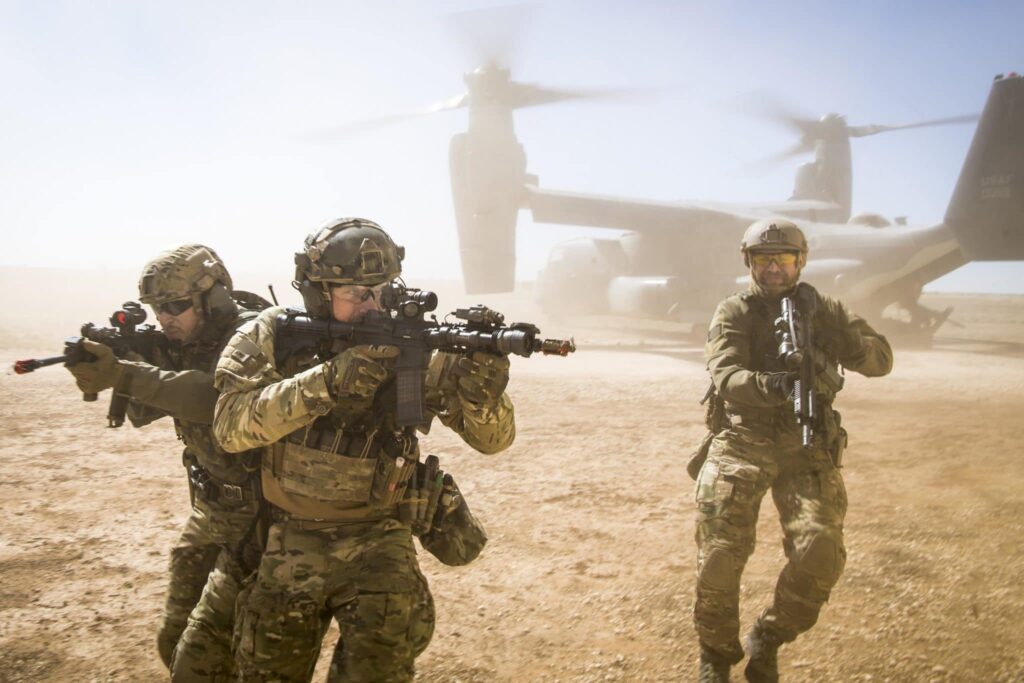
Special Forces, despite the phrase’s popular use, is a term specific to the U.S. Army’s elite Green Berets. While these highly trained war fighters are adept at direct kinetic operations (kicking in doors and engaging bad guys) these experts in unconventional warfare are often tasked with providing training, guidance, and support to foreign militaries whose interests align with our own.
In that very capacity, American Special Operations troops, including Special Forces, have found themselves not only in a staring match with Russian forces in contested regions, they’ve even engaged in at least one large scale fire fight. In February of 2018, U.S. Special Operations troops working alongside Syrian Democratic Forces in war-torn Syria found themselves under attack by a much larger Russian mercenary force. With fewer than 40 American troops on site, Americans led the way in quelling the Russian offensive, killing more than a hundred Russian militants tied to Moscow’s Wagner Group before the Russians were forced to retreat under ongoing American air strikes.
The Russian government disavowed any connection to the engagement, claiming that the Russian militants killed had traveled to Syria to fight on behalf of Bashar al Assad on their own accord, and with no support from the Russian government. Russia is currently using the same Wagner Group forces in Libya, while once again denying any involvement, despite the presence (and apparent downing) of Russian fighter jets in the ongoing civil conflict.
It seems clear that, while not the looming presence they once were, Russia remains an ever-present threat to the United States and its allies — and as far as the Army’s 7th Special Forces Group is concerned, they’re a threat we’re ready for.
Related Posts
Sandboxx News Merch
-

‘Kinetic Diplomacy’ Bumper Sticker (Black)
$8.00 Add to cart -

A-10 ‘Warthog’ Poster
$22.00 – $28.00 Select options This product has multiple variants. The options may be chosen on the product page -

F-35 ‘Evolution’ Framed Poster
$45.00 – $111.00 Select options This product has multiple variants. The options may be chosen on the product page

Alex Hollings
Alex Hollings is a writer, dad, and Marine veteran.
Related to: Military Affairs, Special Operations

How US Special Forces took on Wagner Group mercenaries in an intense 4-hour battle
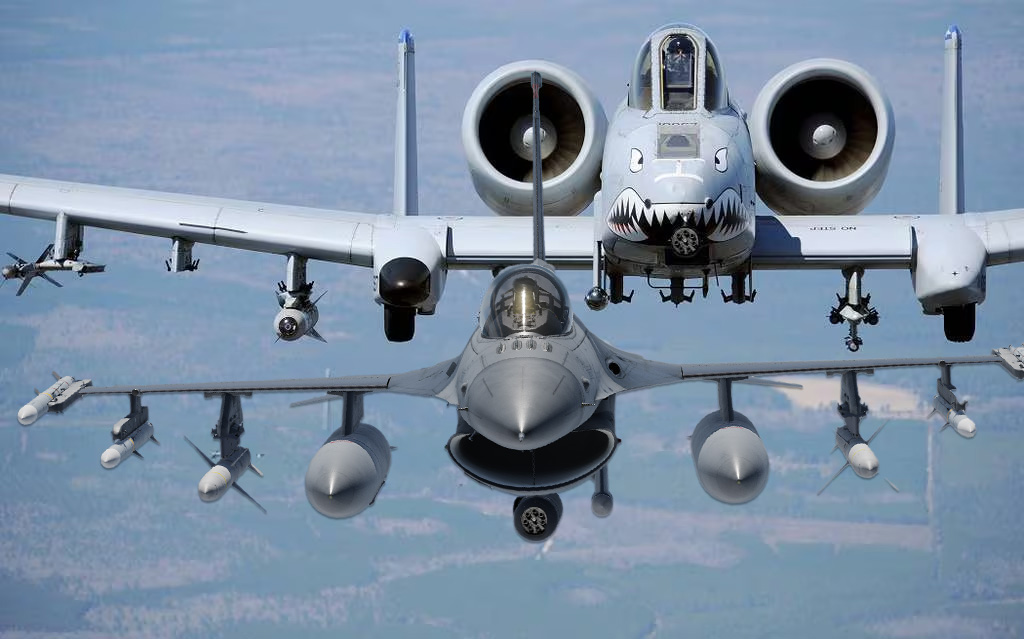
F-16s carrying the A-10’s 30mm cannon actually saw combat
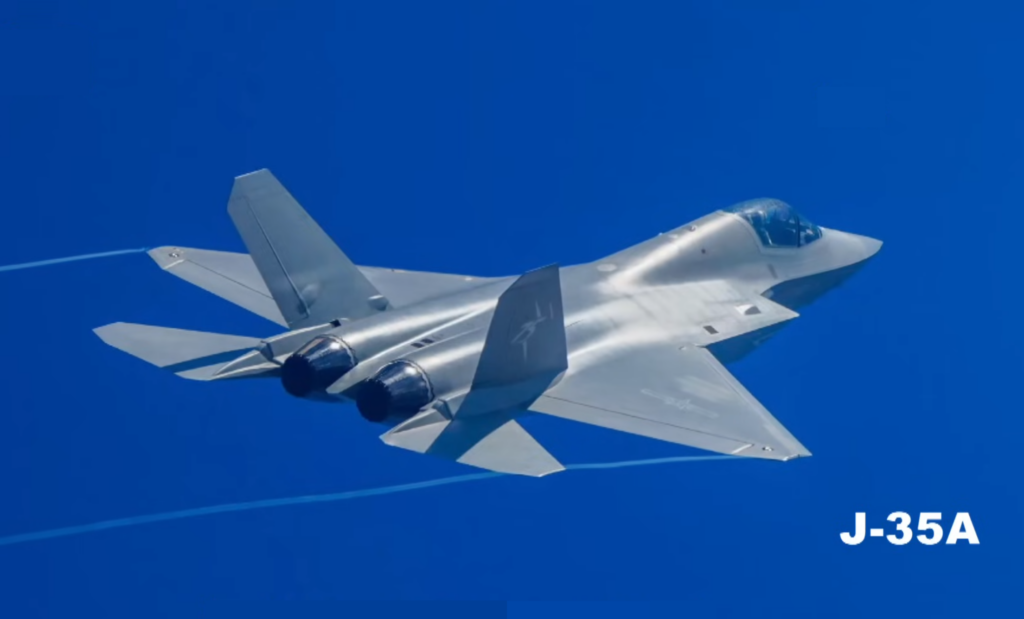
How does China’s new J-35 stealth fighter compare to America’s F-35?

Why China’s new J-35 jet could mean trouble for America
Sandboxx News
-

‘Sandboxx News’ Trucker Cap
$27.00 Select options This product has multiple variants. The options may be chosen on the product page -

‘AirPower’ Classic Hoodie
$46.00 – $48.00 Select options This product has multiple variants. The options may be chosen on the product page -

‘AirPower’ Golf Rope Hat
$31.00 Select options This product has multiple variants. The options may be chosen on the product page -

‘Sandboxx News’ Dad Hat
$27.00 Select options This product has multiple variants. The options may be chosen on the product page
